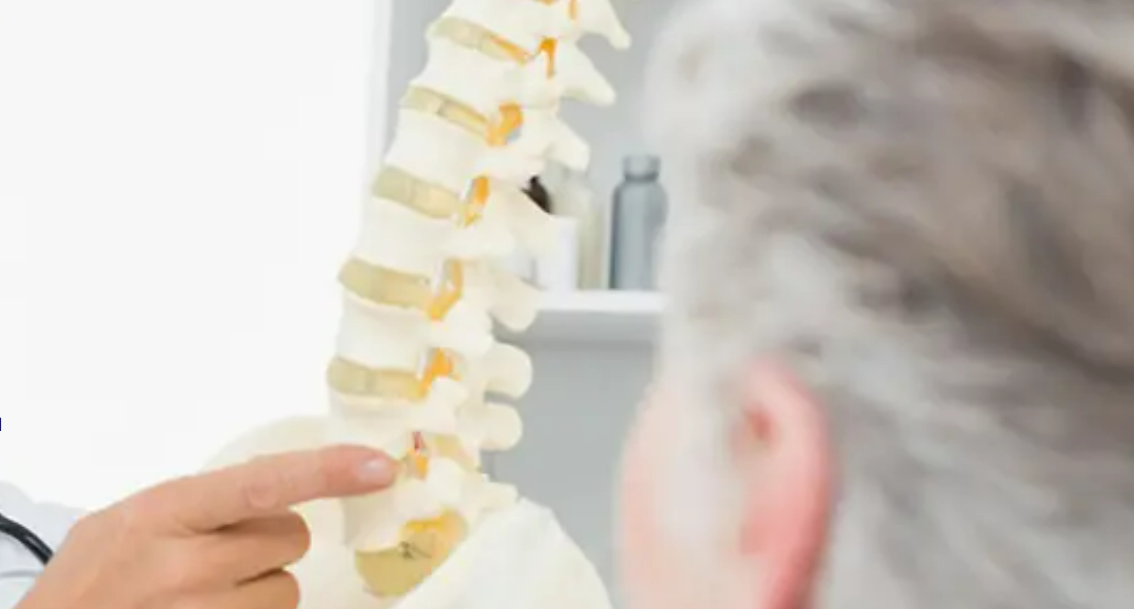Minimally invasive methods of spinal fixation have revolutionized the approach to treating various spinal disorders. The advancements in technology and surgical techniques have led to the development of specialized spinal fixation system that enhance patient outcomes while reducing recovery times. These methods are particularly beneficial for patients requiring stabilization due to conditions such as degenerative disc disease, fractures, or deformities.
The Premier™ Thoracolumbar Posterior Internal Fixation System exemplifies this trend, having been developed through over ten years of clinical expertise and technological refinement. This spinal fixation system is designed to provide effective stabilization while minimizing the impact on surrounding tissues, which is crucial for patient recovery.
Advantages of Minimally Invasive Spinal Fixation
Minimally invasive spinal fixation techniques offer several advantages over traditional open surgery. One of the primary benefits is the reduced trauma to the muscles and soft tissues surrounding the spine. By utilizing smaller incisions and advanced imaging technologies, surgeons can accurately place the spinal fixation system with minimal disruption. This approach results in less postoperative pain and a quicker return to normal activities for patients.
Moreover, these methods often lead to shorter hospital stays and lower overall healthcare costs. Patients undergoing minimally invasive spinal fixation typically experience fewer complications, such as infections or excessive bleeding, which are more common in open surgical procedures. The precision of these techniques allows for effective stabilization of the spine while preserving the integrity of surrounding structures.
Another significant aspect of the minimally invasive approach is its adaptability to various spinal conditions. The spinal fixation system can be tailored to meet the specific needs of each patient, whether they are dealing with a simple fracture or a complex deformity. This flexibility enhances the surgeon’s ability to provide individualized care, ultimately improving patient satisfaction and outcomes.
The Role of Technology in Advancing Spinal Fixation
Technological advancements have played a pivotal role in the evolution of minimally invasive spinal fixation methods. The integration of computer-assisted navigation and robotic assistance in surgery allows for enhanced precision during the placement of the spinal fixation system. These innovations help reduce the risk of misplacement, which can lead to complications and the need for revision surgeries.
Furthermore, the development of advanced materials and implant designs has improved the effectiveness of spinal fixation systems. Modern implants are designed to provide optimal strength and stability while minimizing the risk of rejection or complications. The Premier™ Thoracolumbar Posterior Internal Fixation System is a prime example of how years of refinement have resulted in a reliable and effective solution for spinal stabilization.
As the field of spinal surgery continues to advance, the combination of minimally invasive techniques and cutting-edge technology will likely lead to even better outcomes for patients. The ongoing research and development of new spinal fixation systems will further enhance the capabilities of surgeons, enabling them to address a wider range of spinal conditions effectively.
Future Directions in Spinal Surgery
In summary, minimally invasive methods of spinal fixation represent a significant advancement in orthopedic surgery. These approaches not only improve patient outcomes but also reflect the ongoing innovation in the field. Companies like WEGO Medical are at the forefront of this evolution, providing healthcare professionals with advanced spinal fixation systems designed to meet the demands of modern spinal surgery. As technology continues to evolve, the future of spinal fixation looks promising, paving the way for more effective and patient-centered care.
